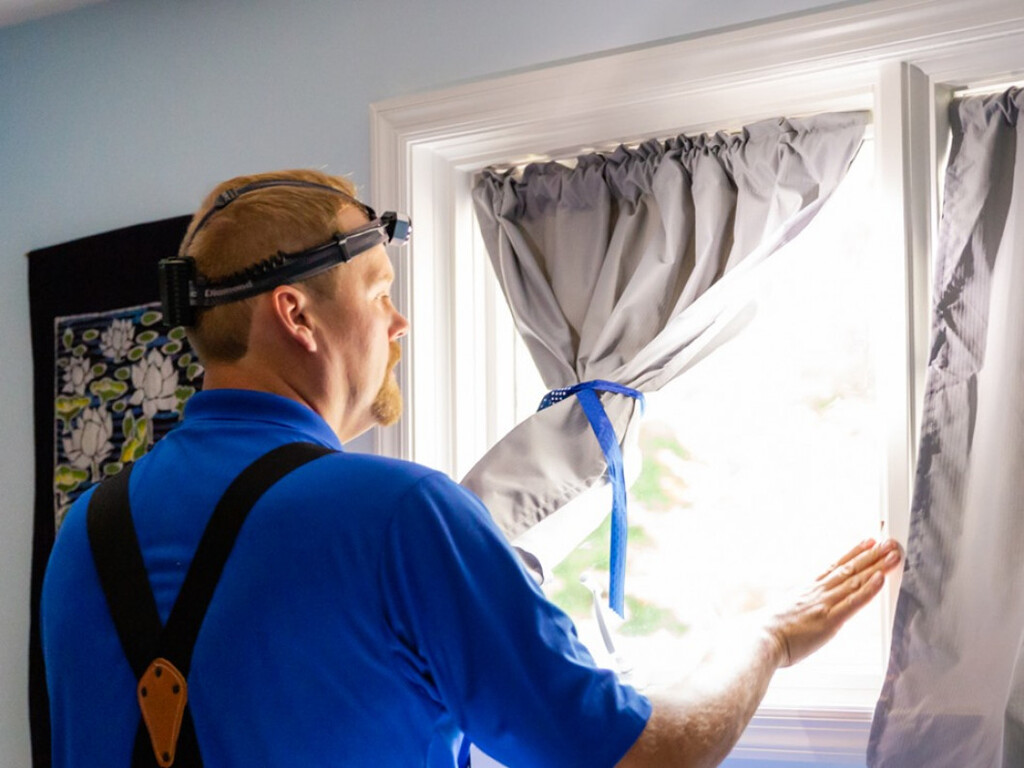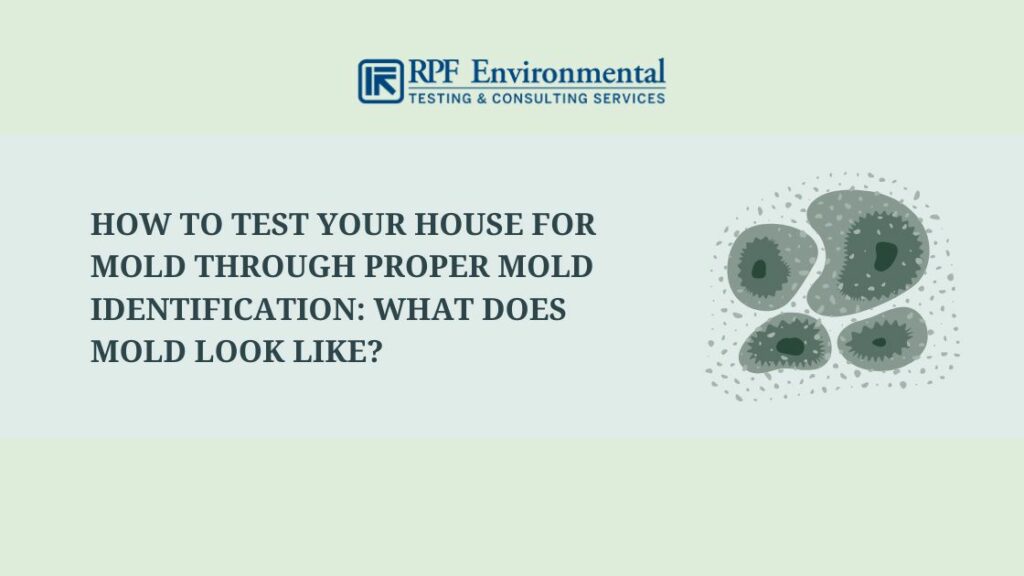Exactly How Mycotoxin Screening Aids Protect Against Contamination and Safeguard Food Materials

Mycotoxin screening is an important technique in the food industry, serving as a frontline protection versus contamination by hazardous toxic substances generated by molds. Through the application of advanced strategies like High-Performance Fluid Chromatography (HPLC) and Liquid Chromatography-Mass Spectrometry (LC-MS), food producers can precisely identify and quantify mycotoxin degrees in agricultural products.
Comprehending Mycotoxins
Recognizing mycotoxins starts with identifying that they are poisonous secondary metabolites produced by particular molds, which can infect agricultural products. These metabolites are not important for the growth or reproduction of the fungi but can have severe effects for animal and human wellness. Mycotoxins are generally located in staple plants such as corn, wheat, barley, and nuts, where they can multiply under particular conditions of moisture and temperature level.
There are several kinds of mycotoxins, each created by different fungal species. Fusarium species produce fumonisins and trichothecenes, both of which are connected with numerous severe and persistent wellness problems.

Dangers of Mycotoxin Contamination
The dangers of mycotoxin contamination are multifaceted, presenting significant hazards to both food security and public wellness. Mycotoxins, hazardous substances created by certain types of fungis, can pollute a vast variety of farming products consisting of grains, nuts, flavors, dried out fruits, and coffee.
Economic effects are another major problem. Contaminated plants can result in considerable economic losses for farmers and food producers because of reduced yields and the demand for pricey decontamination procedures. Additionally, worldwide profession can be substantially hindered as countries implement strict mycotoxin policies to secure their populaces, resulting in turned down deliveries and stretched trade relations.
Environmental factors such as climate modification worsen the danger of mycotoxin contamination. Variants in temperature level and moisture can develop favorable conditions for fungal growth, enhancing the probability of contamination occasions. Hence, understanding and minimizing these threats are crucial for guaranteeing the security and stability of worldwide food materials.
Techniques of Mycotoxin Checking
Properly recognizing mycotoxin contamination in agricultural products is vital for guarding public wellness and keeping food safety and security standards. Various techniques are utilized to find and quantify mycotoxins, each offering specific advantages and restrictions.
High-Performance Liquid Chromatography (HPLC) is a commonly used method as a result of its high level of sensitivity and accuracy. It entails separating mycotoxins from other substances in an example, making it possible for exact metrology. Liquid Chromatography-Mass Spectrometry (LC-MS) combines fluid chromatography with mass spectrometry to supply in-depth molecular info, making it particularly useful for recognizing numerous mycotoxins concurrently.

Gas Chromatography-Mass Spectrometry (GC-MS) and Thin-Layer Chromatography (TLC) are likewise employed, each with one-of-a-kind applications. GC-MS works for unpredictable mycotoxins, while TLC provides an easier, economical option for initial testing.
Benefits of Regular Evaluating
Regular screening for mycotoxins in farming products provides numerous advantages, dramatically adding to public health and wellness and food security. By identifying contamination early, regular screening assists avoid the distribution of poisonous foods, therefore lowering the threat of mycotoxin-related ailments amongst consumers. This proactive strategy not just safeguards human health and wellness but also boosts the general quality of food products.
Regular testing also sustains governing conformity. Different nations and areas have actually established rigorous limitations for mycotoxin levels in food and feed. Complying with go to the website these restrictions with routine testing makes certain that distributors and manufacturers meet legal requirements, thereby staying clear of penalties and profession barriers. Additionally, preserving compliance fosters customer depend on and brand online reputation, which are important for market success.
Additionally, normal mycotoxin testing can bring about significant economic advantages. Early discovery of contamination enables timely treatment, reducing possible losses from widespread contamination. Executing regular testing procedures can likewise reduce recall prices and related obligations, which can be monetarily devastating.
Moreover, regular testing supplies beneficial information that can inform better farming methods and storage conditions. By comprehending patterns of contamination, manufacturers can take on safety nets, therefore minimizing future dangers and contributing to the sustainability of the food supply chain.
Executing Evaluating Methods
Implementing effective mycotoxin testing procedures is crucial for making sure the safety and top quality of farming products. Developing a durable screening structure involves multiple essential steps, starting with the recognition of prospective contamination points within the production and supply chain. This consists of pre-harvest, post-harvest, storage, and circulation phases. Each stage needs to be inspected to identify where mycotoxin contamination is probably to happen.
Once vital control points are identified, choosing appropriate screening methods is necessary. Common methods consist of enzyme-linked immunosorbent assay (ELISA), high-performance Continue liquid chromatography (HPLC), and mass spectrometry (MS) Each approach has its strengths and weak points; thus, selecting the appropriate one depends on the details mycotoxin being checked, the needed sensitivity, and readily available sources.

Finally, integrating the screening protocols into a comprehensive food safety management system is advisable. This enhances traceability and enables speedy restorative activities when contamination is discovered, thereby securing the stability of her response the food supply chain.
Final Thought
Mycotoxin testing is important in avoiding contamination and safeguarding food supplies by making it possible for very early detection of dangerous toxins created by molds in agricultural items. Advanced methods such as HPLC and LC-MS ensure conformity with security policies and protect customers from wellness dangers. Regular screening boosts brand track record, economic stability, and count on food safety by decreasing contamination-related losses and keeping high requirements in food manufacturing. Carrying out rigorous screening procedures is thus critical for the sector's overall well-being.
Mycotoxin screening is an important technique in the food industry, offering as a frontline protection versus contamination by dangerous toxic substances created by molds. An incorporated method entailing farming methods, storage administration, and normal testing can reduce the threats linked with mycotoxin contamination, making sure food safety and security and public health and wellness.
The dangers of mycotoxin contamination are complex, posturing significant risks to both food safety and security and public wellness.Regular testing for mycotoxins in agricultural products uses many benefits, considerably contributing to public wellness and food security.Mycotoxin testing is essential in protecting against contamination and protecting food materials by allowing early detection of dangerous contaminants generated by mold and mildews in farming products.